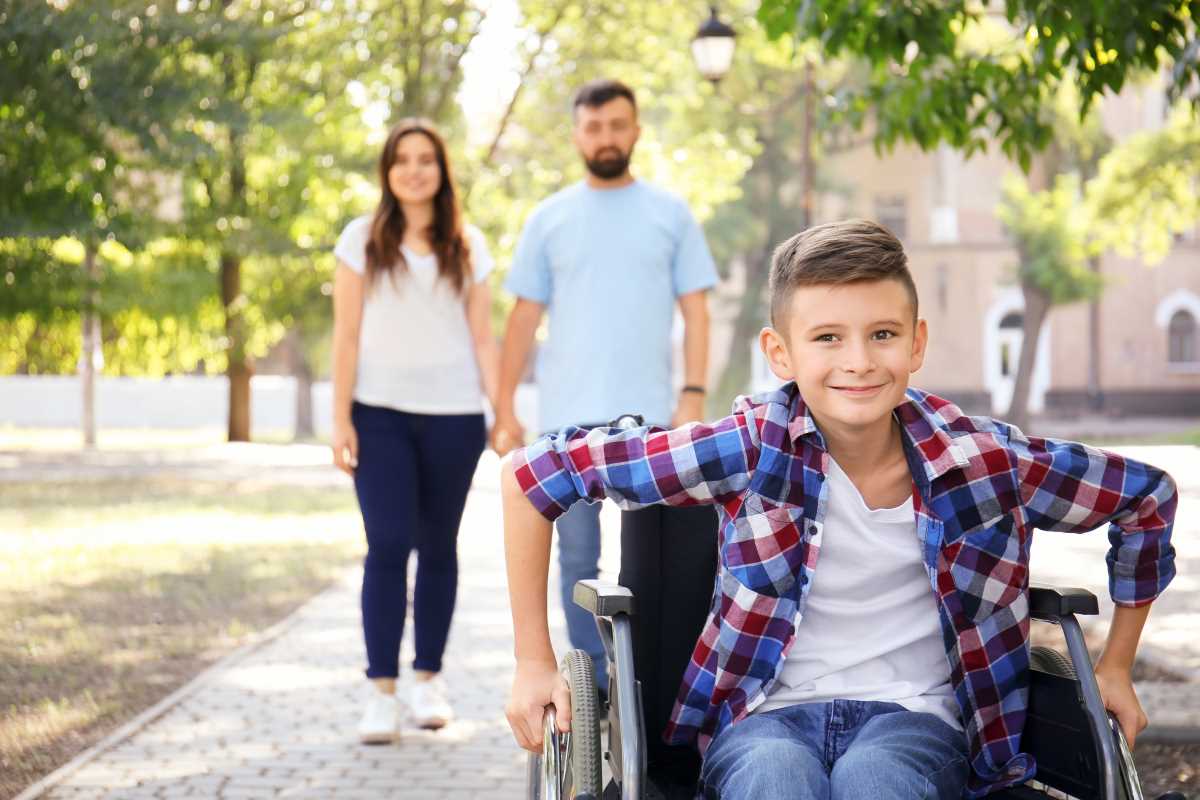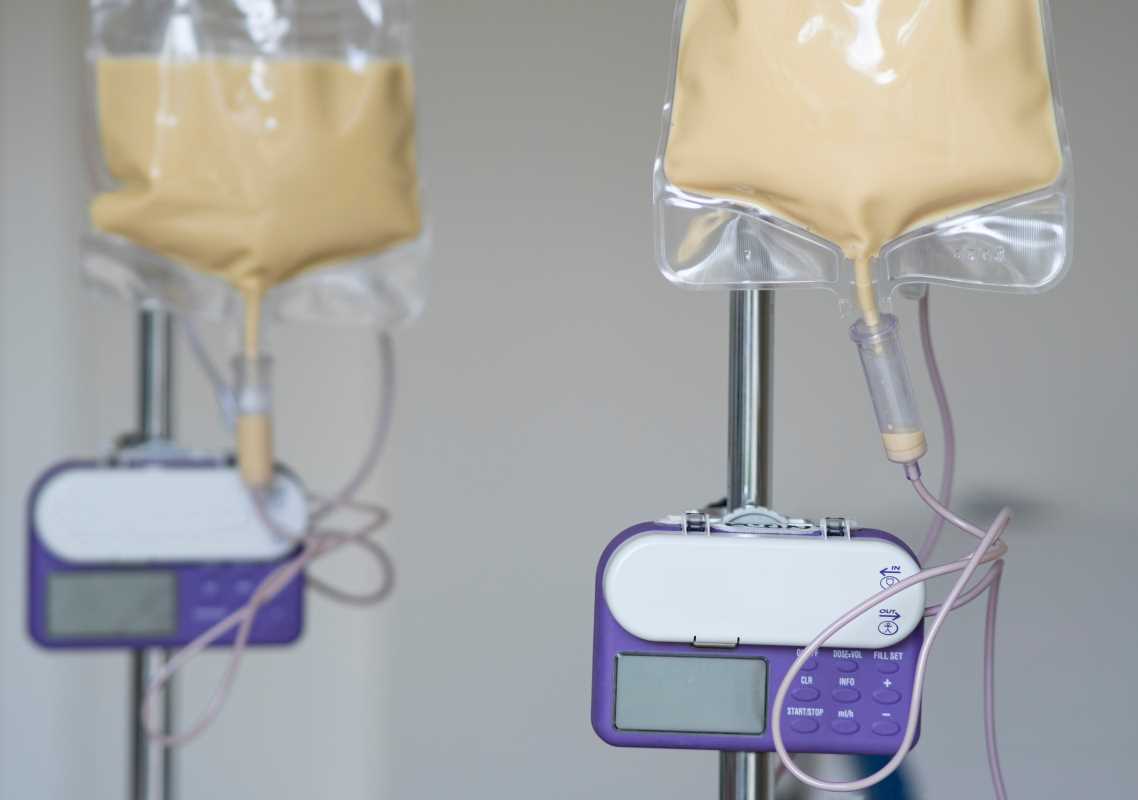Every child deserves the opportunity to explore, play, and participate in life to the fullest. For kids with mobility challenges, moving through the world can come with a unique set of barriers. Whether a child is navigating life with cerebral palsy, spina bifida, muscular dystrophy, or another condition impacting mobility, the right adaptive equipment can make all the difference. These tools are designed to empower children, giving them the freedom to move, engage, and thrive in ways that suit their needs.
If you're a parent or caregiver wondering how to make mobility easier for your child, you're not alone. Adaptive equipment can enhance independence, improve daily routines, and spark confidence in children with mobility challenges. This article will introduce various types of adaptive equipment, as well as tips for choosing what’s best, adapting to everyday life, and finding resources.
What Is Adaptive Equipment?
Adaptive equipment refers to tools or devices that are specifically designed to assist individuals with disabilities. These items support physical needs, promote independence, and enable better participation in activities of daily living. For children with mobility challenges, adaptive equipment can range from basic walking aids to high-tech motorized devices.
While the options might seem overwhelming at first, understanding the purpose of different equipment can help you determine what will work best for your child.
Why Is Adaptive Equipment Important?
Using adaptive equipment isn’t just about mobility; it’s about creating opportunities and building confidence. Here’s how it can help:
- Encourages Independence: Adaptive equipment allows kids to take on tasks that might otherwise require assistance, like moving from room to room or participating in social activities.
- Improves Physical Health: Tools like walkers or standers help strengthen muscles, improve posture, and promote overall good health.
- Supports Emotional Well-Being: Gaining mobility often leads to increased confidence, allowing kids to feel more in control of their lives.
- Expands Access to Opportunities: Whether it’s joining a playdate or participating in a school activity, adaptive equipment makes inclusion easier.
By giving children the tools to engage fully in their environments, adaptive equipment can transform limitations into possibilities.
Types of Adaptive Equipment for Kids With Mobility Challenges
There’s no one-size-fits-all answer when it comes to mobility aids; the right equipment depends on the child’s specific needs, diagnosis, and goals. Below are some common types of adaptive equipment and their uses.
1. Wheelchairs: Mobility with comfort and freedom
Wheelchairs are one of the most common forms of adaptive equipment for children with limited mobility. They provide a safe and comfortable way for kids to get around, whether at school, home, or out and about.
- Manual wheelchairs: Designed to be propelled by the child or a caregiver, these are lightweight and often more affordable. Their simplicity makes them a great option for kids with the upper-body strength to maneuver them independently.
- Power wheelchairs: Equipped with a motor, these chairs allow children who can’t self-propel to move independently. They’re higher-tech but can be pricier and require regular maintenance.
2. Walkers and Gait Trainers: Encouraging movement
For children who can walk with assistance, walkers or gait trainers offer essential support while encouraging active participation.
- Standard walkers: These provide stability for children who need help balancing while walking.
- Gait trainers: These devices are like walkers but include additional features, such as harnesses or straps, to support weight-bearing and balance for kids with limited strength.
3. Strollers and Positioning Seats: Safe and supportive travel
When a wheelchair may not be convenient, adaptive strollers provide a lightweight and portable solution for mobility. Positioning seats are also ideal for activities like sitting at the dinner table or during classroom lessons, ensuring children stay comfortable and properly supported.
4. Standers: Helping children stand tall
Standing is great for muscle strength, bone health, and even digestion. Standers provide the support kids need to practice weight-bearing while upright. These can be especially beneficial for children who are unable to independently stand without help.
- Supine standers: Provide back support by allowing the child to lean while standing.
- Prone standers: Support from the front, encouraging leaning forward slightly.
5. Adaptive Bikes and Trikes: Fun and fitness combined
Adaptive bicycles or tricycles are designed for kids with mobility issues to enjoy the benefits and freedom of cycling. These devices often have features like extra support, seatbelts, or hand-pedaling systems that make them accessible and safe.
6. Lifts and Transfer Devices: Moving safely between spaces
Transitioning from a wheelchair to a bed, toilet, or chair can be challenging without assistance. Lifts and hoists help caregivers transfer children safely while reducing physical strain. These are particularly useful in homes or facilities where physical assistance is frequently required.
7. Orthotics and Braces: Enhancing stability
Orthotic devices and braces offer support to specific body parts, helping children improve balance and alignment. They’re often used alongside other devices like walkers or standers to provide added stability.
Tips for Using Adaptive Equipment
Introducing adaptive equipment into your child’s life requires planning and patience. Here are some tips to ensure the process is as smooth as possible:
Tip 1: Get a professional assessment
Before choosing equipment, consult a physical therapist, occupational therapist, or mobility specialist. They can recommend tools tailored to your child’s unique needs and goals.
Tip 2: Make it part of everyday life
Help your child see their equipment as a natural extension of their abilities. Use it regularly and in various settings, from playtime to family outings.
Tip 3: Start with a positive attitude
Children often pick up on their caregivers’ feelings. Show enthusiasm about what the equipment can do for them, and encourage your child to see it as something empowering.
Tip 4: Teach independence
Teach your child how to use their device safely and gradually encourage them to take ownership of it. Even small achievements, like unlocking a wheelchair brake or adjusting a strap, can boost confidence.
Tip 5: Keep it well-maintained
Check equipment regularly for wear and tear, and follow the manufacturer’s maintenance guidelines. Proper care ensures safety and extends the life of the device.
Resources for Finding Adaptive Equipment
When it comes to finding the right equipment, there are many resources available to help parents and caregivers:
- Medical professionals: Start with your child’s doctor or therapist, who can connect you with suppliers or funding options.
- Local organizations and NGOs: Many nonprofit groups offer programs or grants to fund adaptive equipment for children in need.
- Online forums: Communities of parents raising kids with similar challenges can provide recommendations and support.
- Government programs: Depending on your location, Medicaid, disability benefits, or other government support programs may cover part or all of the costs for mobility aids.
 (Image via
(Image via





